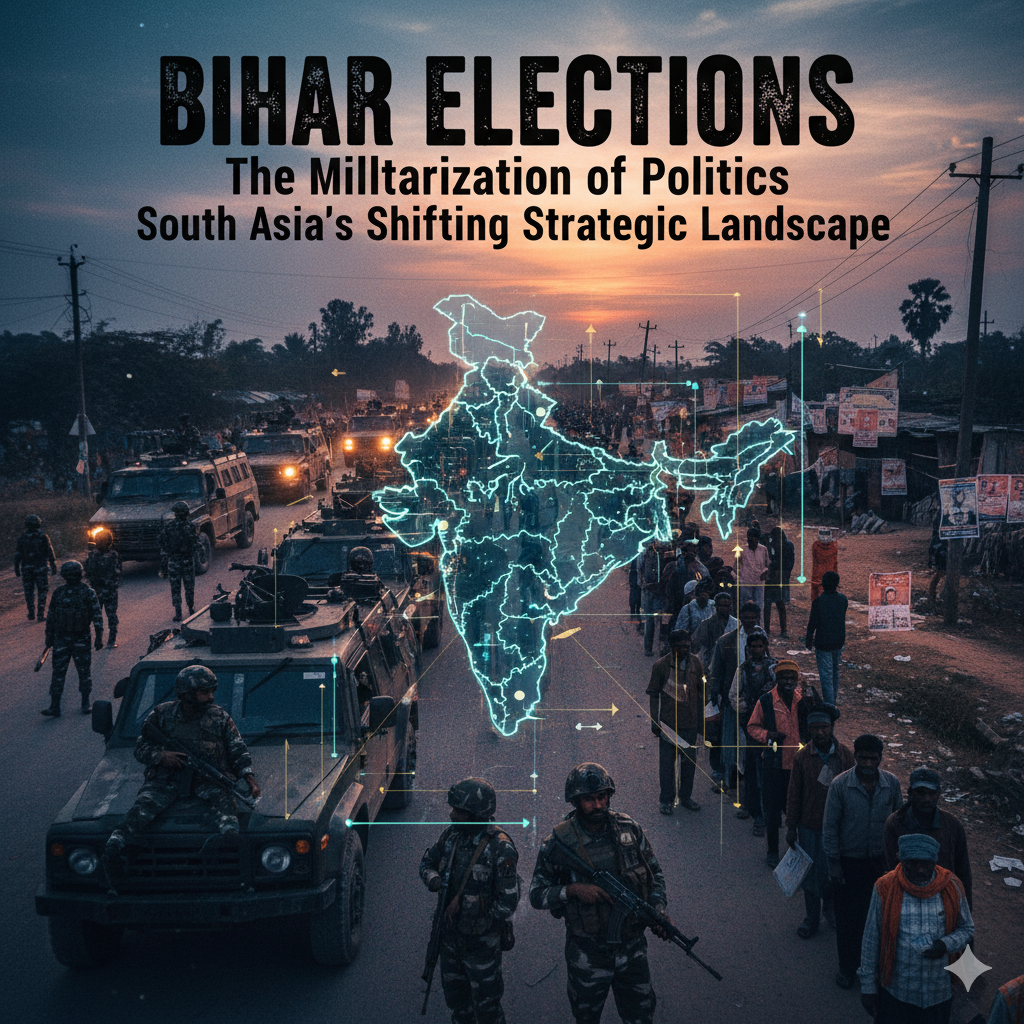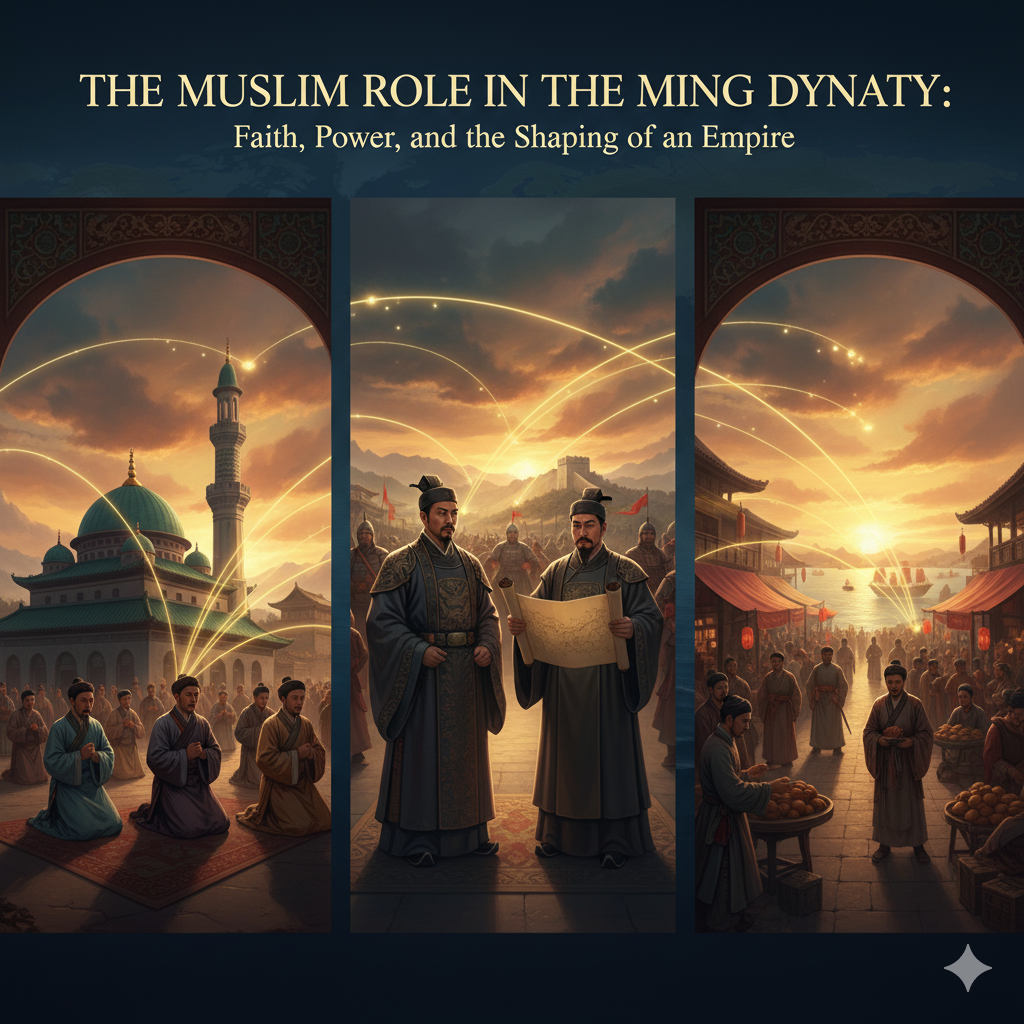The recent elections in Bihar were far more than a regional political contest; they revealed deeper shifts in India’s political culture and raised critical questions for South Asia as a whole. The merging of electoral politics with militaristic rhetoric is not new in India, yet the intensity and calculation with which this tactic was deployed in Bihar demands serious reflection.
When Prime Minister Narendra Modi invoked Pakistan repeatedly in his election speeches following the Pahalgam incident, it was clear that national security, rather than governance, was crafted as the centerpiece of his campaign. This raises an important strategic question: if military tension with Pakistan helped shape voter behavior in Bihar, will the same formula be used in future high-stakes contests, such as the upcoming elections in West Bengal?
And more importantly: Is India drifting toward a political environment where military confrontation becomes a recurrent electoral tool?
The “National Security Vote” and Its Precedents
This is not the first time India’s ruling party has benefited from a security-driven narrative. The 2019 general elections, held in the aftermath of the Pulwama attack and the subsequent aerial skirmishes, are widely seen as a turning point where military incidents were transformed into political capital.
Never mind the inconvenient realities—such as the downed Indian aircraft, the captured pilot, and contradictory international reports. These images were buried under an avalanche of hyper-nationalistic media coverage that framed the episode as a triumph.
Yet history shows that military escalation is not always a prerequisite for electoral success. In 2008, following the Mumbai attacks, Prime Minister Manmohan Singh chose restraint over retaliation and still secured re-election. That moment demonstrated that Indian voters are capable of endorsing diplomacy. But the India of today is very different—politically polarized, media-driven, and steeped in nationalist sentiment.
A Disquieting Electoral Puzzle
What is most striking about the Bihar elections is the mismatch between vote share and seat share. Rashtriya Janata Dal (RJD) secured the highest percentage of votes, yet won significantly fewer seats. Conversely, the ruling NDA—with a smaller vote share—achieved an unusually high victory rate.
This distortion is a known flaw of India’s first-past-the-post electoral system, where winning a seat matters more than winning votes. But the scale of disproportion in Bihar has led the opposition to question whether procedural irregularities played a role. They argue that even Rajiv Gandhi’s 1984 landslide—carried by an unprecedented national wave—did not match the NDA’s 90% conversion rate in Bihar.
If the opposition’s concerns have merit, then India may not be sliding into classical fascism just yet—because fascism is built on genuine mass endorsement. Instead, India may be entering a phase where electoral engineering and hyper-nationalism together shape political outcomes.
The Opposition’s Strategic Dilemma
The core issue facing India’s opposition is not simply how to win elections—it is how to compete in an arena increasingly tilted by state institutions, loyal media networks, and security narratives.
Rahul Gandhi has presented detailed evidence of electoral inconsistencies, including manipulated voter lists. Yet, internal disputes—such as seat-sharing quarrels with allies—undermine his credibility at critical moments.
This raises uncomfortable questions:
- Can any party truly challenge the BJP’s electoral machinery within the existing system?
- Is India still witnessing authentic democratic competition—or staged democratic rituals?
- Should the opposition return to mass-mobilization strategies reminiscent of India’s freedom movement?
And most importantly, can they counter the militarization of political discourse, or will they be forced to confront the BJP on its preferred ground?
Implications for South Asia
Bihar’s elections have implications far beyond India’s domestic politics. A political culture that normalizes hostility toward a neighboring state for electoral advantage is inherently destabilizing for the entire region.
If national security becomes a recurring campaign tool, India may periodically escalate tension along its borders—not out of necessity, but out of political calculation. For Pakistan and other South Asian states, this is not merely a diplomatic challenge but a strategic threat.
The larger regional reality is this:
India’s political trajectory is intertwining nationalism with militarism, and as this pattern strengthens, the entire region’s stability becomes increasingly dependent on India’s internal political incentives.
The Bihar elections reveal far more than a regional political contest — they expose the deeper structural shifts taking shape within India’s political landscape and the broader South Asian region. The results demonstrate that militarized nationalism, media-engineered narratives, and the strategic use of cross-border tensions continue to serve as powerful political tools for the BJP under Prime Minister Narendra Modi. Whether these dynamics are deliberately crafted or simply exploited, their impact on India’s democratic environment is unmistakable.
Yet these developments also raise critical questions. If electoral outcomes are increasingly shaped by military posturing, hyper-nationalistic rhetoric, compromised institutions, and selective media amplification, then what remains of genuine democratic choice? Is India moving toward a political model where elections become ceremonial, outcomes become predictable, and institutions perform as extensions of the ruling party’s narrative? These concerns extend beyond the BJP or the opposition — they challenge the credibility and resilience of India’s democratic framework itself.
For Pakistan and the wider region, the implications are significant. When electoral benefit becomes tied to heightened border tensions or controlled confrontations, South Asia’s stability becomes vulnerable to political calculations rather than strategic necessity. This cyclical pattern erodes trust, hardens public opinion on both sides, and reduces the political space for diplomacy, dialogue, or long-term peace initiatives.
Ultimately, the Bihar elections illustrate a growing imbalance — between electoral politics and institutional independence, between domestic narratives and regional stability, and between democratic ideals and the political incentives that undermine them. Whether India’s opposition can reorganize, unite, and articulate a credible alternative will determine not only the future of Indian democracy but the future trajectory of South Asian geopolitics as well.











